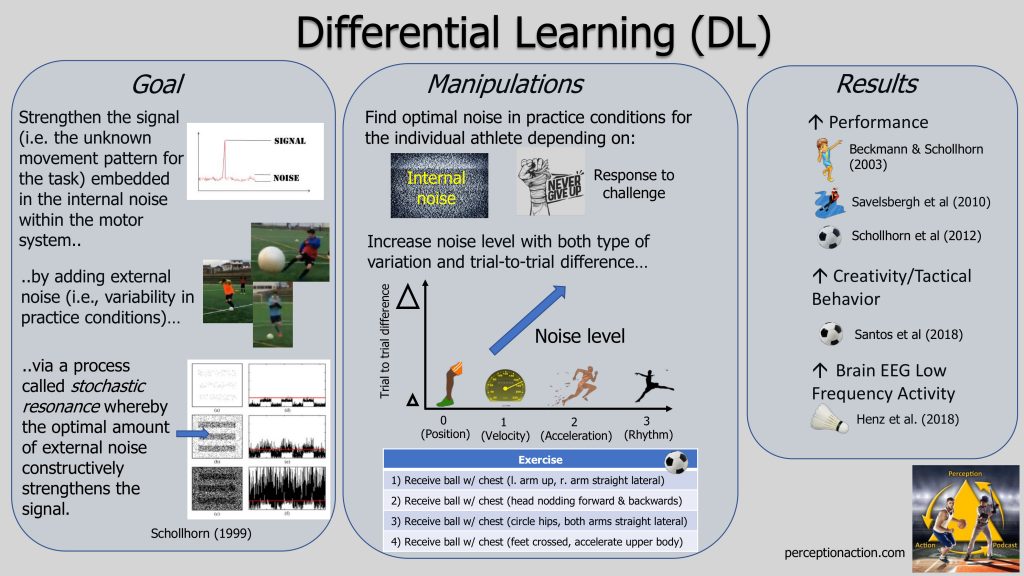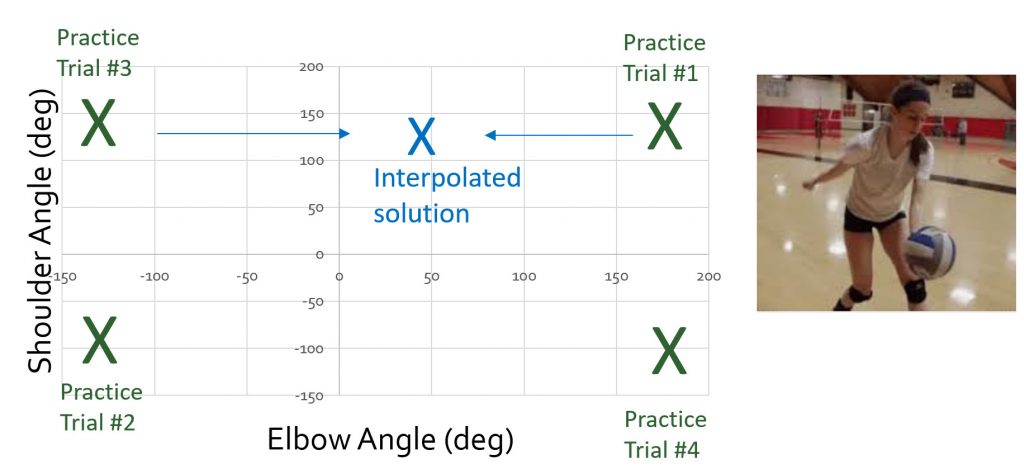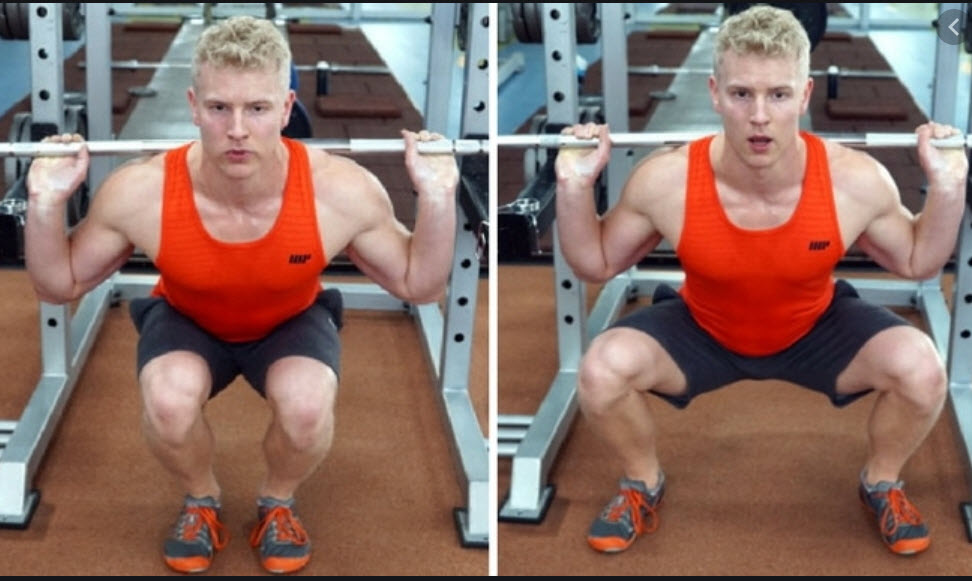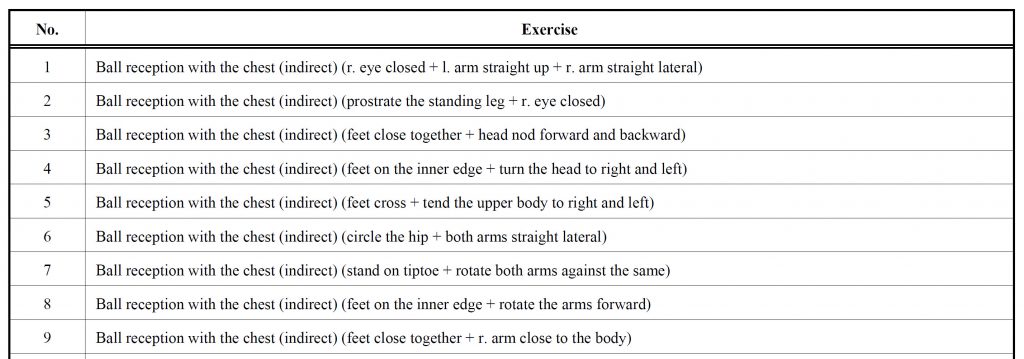
“If we want to have extraordinary performance we need to train extraordinarily!” Wolfgang Schollhorn
Overview: “Schöllhorn (1999) suggested a learning theory that opposes the repetition of movement based on an ideal movement pattern: differential learning.
Differential learning utilizes the fluctuations in human motor behaviour to induce a self organising process to the learner that takes advantage of individual movement and learning characteristics. Therefore, during the acquisition phase, the learner is confronted with a variety of exercises that extend the whole range of possible solutions for a specific task. Fluctuations are considered as necessary for functional adaptation to changing environmental contexts and can also be considered as noise in a system. Counter intuitively, this noise can enhance performance due to a phenomenon called stochastic resonance. In this phenomenon, the addition of noise can make a weak signal detectable. There is an ideal level of added noise to the signal. Too much, or too little noise results in a weaker enhancement of the signal” (Savelsbergh et al., 2010).
Key Points & Terms:
1) Using a DL approach does not involve trying to identify key task constraints and guide learning by manipulating them, instead it attempts to de-stabilize the existing movement solution by altering the individual (organism) fluctuations to encourage self-organization to a new, more effective solution. This is achieved by amplifying the natural fluctuations in the system (i.e. the inherent variability in athlete) through the addition of stochastic (random) perturbations in the practice environment. This allows the athlete to take full advantage of their own individual characteristics.
2) For this reason, the actual changes in the practice condtions used in a DL session should encourage random, additional and irrelevant movement components that will mostly never be used in the competition. The goal is NOT to get the athlete to move in practice like they will move in the game. It is to randomly perturb the system. A good example, can be seen in the video below – dribbling with arms crossed, behind the head, huge ball, etc are obviously not part of an “optimal” solution.
3) The primary purpose of DL is to allow an athlete to gain information about the solution space that can be used in future performances. Rather than trying to just get them to move to a different part of the space, we want them to explore all corners of it and learn to be able to interpolate between the executed movements. We are using perturbations in the practice conditions as information so the athlete can learn from them. If we assume that no movement will be repeated twice (a la Bernstein) then the more an athlete has explored the solution space, the more they will be able to adapt to the inevitable change in constraints.

4) The principle proposed to underlie the benefits of DL is stochastic resonance. Simply put, this is the idea that noise can be constructive in that it can actually help to strengthen a weak signal. This effect has been demonstrated in many different domains. A good example from image processing can be seen below. The signal (the 3 horizontal bars) is initially very weak in (a). When we add noise (a bunch of randomly placed dots) on top of the image it actually makes the signal stronger (the bars more visible) in (b). But critically, if we add too much noise the strength of the signal gets weaker again as in (c).

In DL, the movement solution is the signal and the perturbations to task (like the one’s shown in the soccer video above) are the noise.
5) Despite the similarity in name, DL is distinct from difference (or contrast) learning in which you alternate back and forth between two distinct movements patterns (e.g., an “ideal” one and a flawed one) so the athlete can detect the difference.
Finding the “Optimal Level of Noise”
-Some of the main factors which influence the amount of “noise” in DL practice conditions are:
1)The degree of difference between the practice variant imposed and the current movement solution. So for example, I could have the athlete execute with a stance that is slightly narrower (or wider) than their preferred stance or a lot narrower (wider). Or I could use a slightly larger ball vs a much larger ball.

2)The nature (i.e., derivative or mathematical order) of the change. In general, positional perturbations (i.e, 0 order, “keep your arm straight”) will be less of a perturbation than velocity perturbations (1, “move your right arm faster than your left”) which are less than acceleration perturbations (2) which are less than rhythm perturbations i.e., “jerk” (3).
3)The magnitude of trail-to-trial variation. For example, in the set of perturbations used for soccer training (Schollhorn et al., 2012) shown below, going from #3 to #9 is a relatively small perturbation because the feet are staying in the same position. While going from #3 to #5 would represent a larger perturbation.

So, how do I find the “optimal level of noise” as a coach?
Well, to be honest, this is something researchers in this area are still trying to understand. But here are some basic guidelines:
1) The amount of noise should be related to the level of inherent variability in the movement (i.e., how consistent and athlete can repeat the same movement when you don’t change the practice conditions). In general, children and lesser skilled athletes will have more inherent fluctuations so you should add less noise in terms of perturbations in practice conditions. And for this reason, obviously, the optimal level of noise is going to be different for every athlete.
2)The amount of noise should be related to the athlete’s ability to handle challenge e.g. are they getting frustrated by failing – then you may need to dial it down a bit!
3) An effective strategy can be to let the athlete come up with their own perturbations e.g. how many different ways can you kick this ball into the net. See my interview with James Rudd for a discussion of this kind of divergent movement approach.
4)No matter which way you slice it, using a DL approach is going to require an iterative, interactive and cooperative connection between the athlete and coach. It requires a lot of trial and error and adjustment.
Podcast Episodes:
–92 – Differential Learning
–162 – Differential Learning II: Contextual Interference vs Stochastic Resonance
–304 – Interview with Wolfgang Schollhorn, Mainz, Differential Learning
–321 – Differential Learning III: Clarifying Methodology, Acute Training Effects & Brain Activity
Articles – Theoretical Foundations:
DL Theory
–Does noise provide a basis for the unification of motor learning theories?
–Time scales of adaptive behavior and motor learning in the presence of stochastic perturbations
–A quantitative dynamical systems approach to differential learning: self-organization principle and order parameter equations
–Invited commentary: Differential learning is different from contextual interference learning
Stochastic Resonance
–What Is Stochastic Resonance? Definitions, Misconceptions, Debates, and Its Relevance to Biology
Articles – Reviews & Meta Analyses:
Articles – Empirical Research:
–Differential learning in shot put
–The Nonlinear Nature of Learning – A Differential Learning Approach
–A new method to learn to start in speed skating: A differencial learning approach
–Differential Learning as a Key Training Approach to Improve Creative and Tactical Behavior in Soccer
–Post-task Effects on EEG Brain Activity Differ for Various Differential Learning and Contextual Interference Protocols
–Differential Training Facilitates Early Consolidation in Motor Learning
–On the optimal degree of fluctuations in practice for motor learning
–Effect of Differential Training on Female Volleyball Spike-Jump Technique and Performance
–The effect of differential learning method on the international tennis number level among young tennis player candidates
–Acute effects of differential learning on football kicking performance and in countermovement jump
–Short-term effects of differential learning and contextual interference in a goalkeeper-like task: Visuomotor response time and motor control
–Comparing the constraints led approach, differential learning and prescriptive instruction for training opposite-field hitting in baseball
–The effect of differential learning method on the international tennis number level among young tennis player candidates
–Null Effects of Different Amounts of Task Variation in Both Contextual Interference and Differential Learning Paradigms
Additional Resources:
–Work 1:1 on with me to develop and/or analyze a DL training program
–Differential Learning System (Wolfgang Schollhorn’s site)
